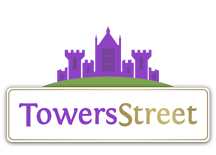Alsty
TS Member
- Favourite Ride
- Fury 325
I know the park's hands are tied somewhat when it comes to health and safety and legalities, but this kind of thing is just a bit daft.The fact "Risk of Drowning" and "Sit Down, Hold On" signs have appeared makes me think the latter.
Surely everybody knows that water poses a risk of drowning, just like entering a ride area is dangerous.


